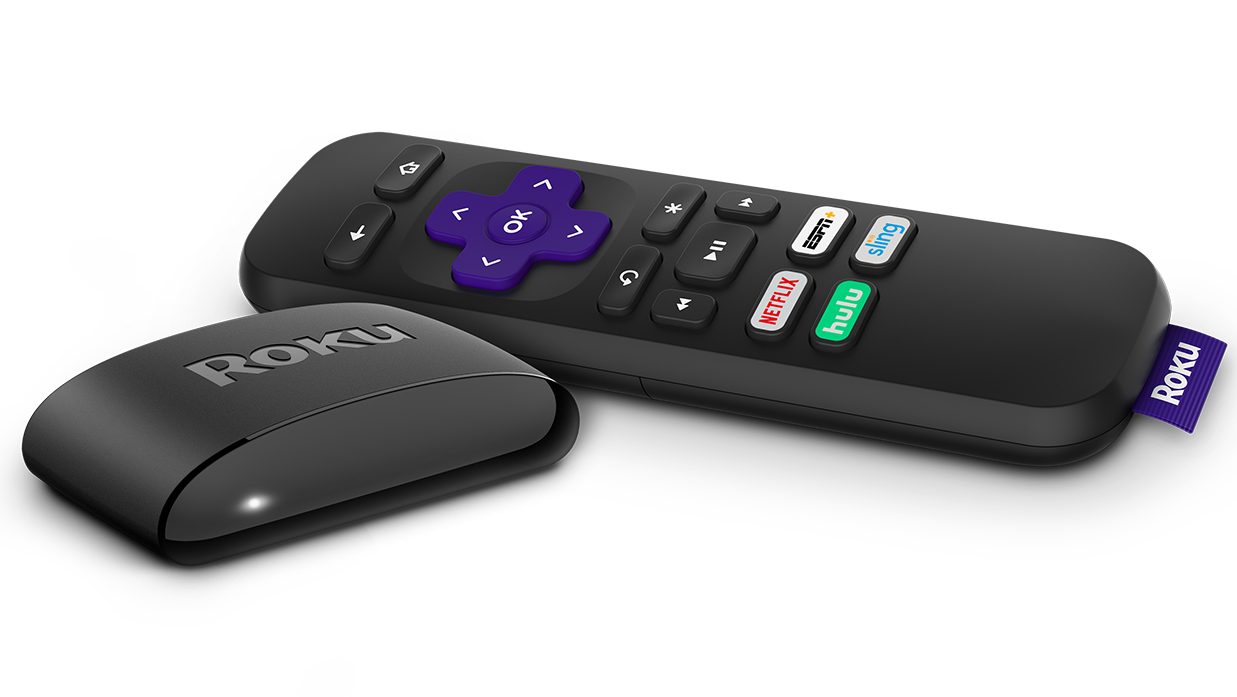Roku Q4 Revenue Climbs 49%, Adds Record 4.6 Million Active Streaming Accounts
By Todd Spangler
LOS ANGELES (Variety.com) – Roku turned in top-line sales of $411.2 million for the fourth quarter of 2019, up 49% and beating Wall Street forecasts, which was driven by a 71% pop in advertising and services revenue.
The streaming media player and platform company said it added a record 4.6 million incremental active accounts in Q4, to end 2019 with 36.9 million active accounts (up 36% year over year). Streaming hours increased by 16.3 billion hours over last year, up 68% year-over-year to a record 40.3 billion in 2019.
swung to a net loss of $15.7 million, or a net loss of 13 cents per share, in the year-end quarter. Analyst consensus estimates pegged the company’s Q4 revenue at $391.6 million and a net loss of 14 cents per share.
The company issued a bullish forecast for full-year. In 2020, projecting a midpoint of $1.6 billion in revenue (slightly higher than Wall Street expectations). That would be roughly 42% year-over-year growth, with the Platform segment — comprising ad sales, subscription and transactional revenue shares — representing about 75% of that.
Roku expects a net loss of $160 million to $180 million for 2020. Overall, it said it remains in investment mode and targeted “roughly break-even” on a full-year adjusted EBITDA basis. Roku said it plans to operate the Player segment at a gross margin “close to zero to continue driving device sales and growing active accounts.”
Roku shares jumped as much as 9.7% in after-hours trading before settling down to +5.8%.
In its Q4 letter to shareholders, Roku reiterated its strategy of “being a neutral partner at the center of the streaming ecosystem” — i.e., it works with Netflix, Amazon Prime Video, Hulu, Disney Plus, Apple TV Plus and numerous others to distribute their services. The company also continues on its path of “building capabilities to aggregate content and engage viewers, and further strengthening our unique advertising platform which offers superior capabilities for brands.”
Pointing to expected growth in the years ahead, Roku said the next 10 years will be the “Streaming Decade” and predicted that by 2024 roughly half of all U.S. TV households will have canceled pay TV or will never have subscribed to traditional cable or satellite pay TV. “While streaming became mainstream in the last decade, it is still a minority of TV viewing,” the company said in the shareholder letter, saying “the full force of change is still to come.” Nielsen estimates that streaming video accounted for 19% of time Americans spent watching TV in 2019.
Roku CEO Anthony Wood, on the Q4 earnings call, noted that 10 years ago Netflix streaming was one of the few services on connected-TV devices and was available in relatively low resolution. This year, he said, he watched Super Bowl LIV on a Roku TV in 4K — neglecting to mention the eleventh-hour deal the company struck with Fox Corp. to keep the broadcaster’s app on the Roku platform.
Later in the call, asked about the dispute with Fox, Wood said, “We have a long-term relationship with Fox… and I’m looking forward to working with them.” He also said Roku renews “thousands” of deals every year: “Our business model and our philosophy is to help our streaming content partners reach this large streaming audience… when they succeed, we succeed.”
In 2019, the free, ad-supported Roku Channel reached active accounts with an estimated 56 million viewers, according to the company. (It didn’t disclose a comparable figure for 2018.) Streaming hours of the Roku Channel grew at an even faster rate than overall streaming hours growth rate in 2019, the company said, “by continually expanding the quality and scope of the ad-supported offering, launching new subscription channels and investing in our product and capabilities.” Roku Channel has more than 40 premium subscription channels and now offers more than 55 live linear channels.
In Q4, average revenue per user (ARPU) increased by $5.19, up 29% to $23.14 on a trailing 12-month basis. Roku said monetized video ad impressions more than doubled again in 2019. In the Platform segment, gross margin declined from 72.2% in the year-earlier period to 62.5% in Q4, while the Player business had -0.5% gross margin in the most recent quarter (vs. 2.4% a year ago).
Last October, Roku acquired over-the-top demand-side platform Dataxu for $150 million in Q4, which lets advertisers buy targeted ads directly from publishers in addition buying them from Roku itself. Going forward, Roku will report Dataxu results as part of its Platform segment. About 200 Dataxu employees joined Roku with the deal.
Roku also claimed that nearly one-third of smart TVs sold in the U.S. in 2019 were based on its platform. The company’s television manufacturing partner brands include TCL, Sharp, Hisense, Philips, and Walmart’s Element and Onn.

